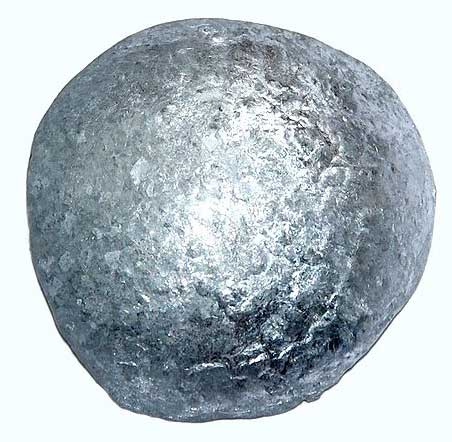10 minutes maximum! Can you do it in 5? |
|||||||||||||||||||||||||||
1. A catalyst is a substance that speeds up the rate of a reaction but ...
| |||||||||||||||||||||||||||
2. Catalysts work by ...
| |||||||||||||||||||||||||||
Q3+4: The diagram below represents the reaction profile for a reaction with and without the catalyst.
|
|||||||||||||||||||||||||||
3. The activation energy for the uncatalysed reaction is represented by the letter ... |
|||||||||||||||||||||||||||
4. The activation energy for the catalysed reaction is represented by the letter ... |
|||||||||||||||||||||||||||
5. The activation energy for a reaction is ...
| |||||||||||||||||||||||||||
Q6-7: A student investigated the effect on the decomposition of hydrogen peroxide solution of adding metals oxides X, Y, Z and W. He recorded the volume of oxygen collected in 1 minute and weighed the solid before and after the reaction. His results are recorded below:
|
|||||||||||||||||||||||||||
6. Which of the metal oxides acted as catalysts?
| |||||||||||||||||||||||||||
7. The most effective catalyst is ...
| |||||||||||||||||||||||||||
Q8-9: Hydrogen gas is produced when zinc reacts with sulfuric acid. The equation for the reaction is: Zn(s) + H2SO4(aq) → ZnSO4(aq) + H2(g) Copper(II)sulfate acts a catalyst in this reaction. |
 zinc Jurii | CC 3.0 |
||||||||||||||||||||||||||
8. A suitable method to collect and record the volume of hydrogen would be ...
| |||||||||||||||||||||||||||
9. To ensure a fair test the student should ...
| |||||||||||||||||||||||||||
10. A biological catalyst is called ...
| |||||||||||||||||||||||||||